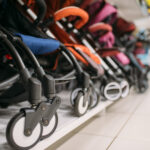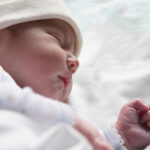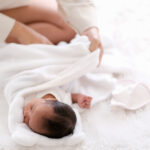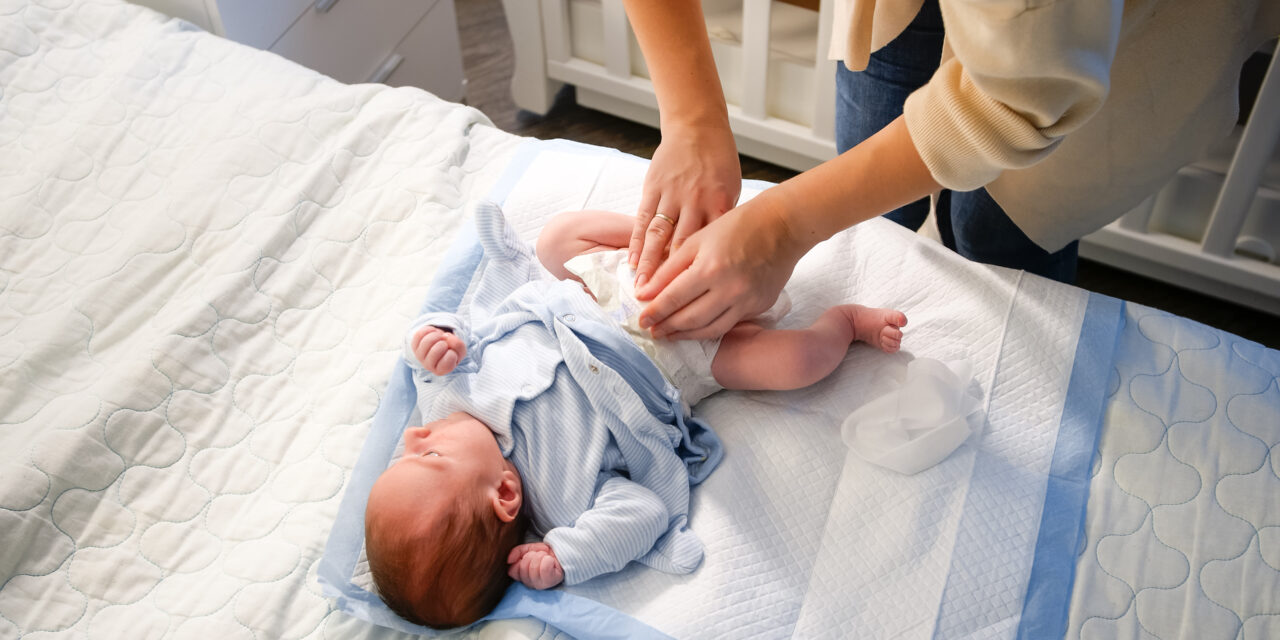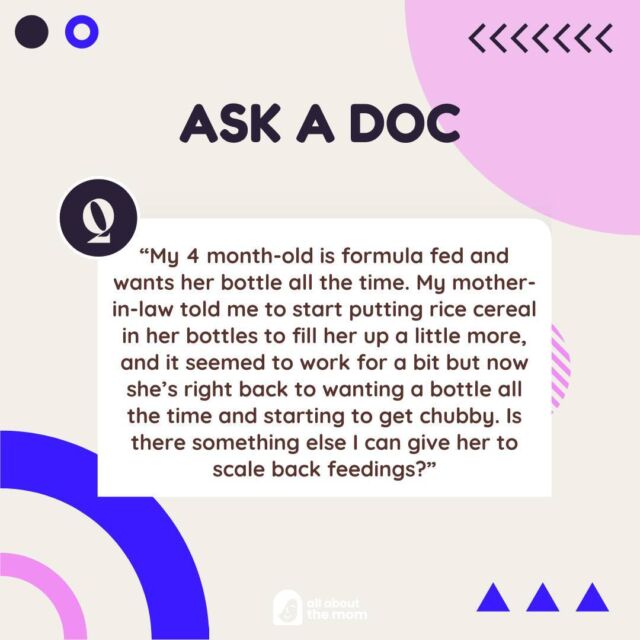When I found out I was pregnant, I never realized I would have so many choices to make about diapers. I see regular diapers, cloth diapers, and even bamboo diapers. I know my little one will be spending a few years in them and I’m not overly concerned about their cost so how do I decide what kind of diapers are the best for us? Is there a benefit to one over another aside from the waste footprint?
I like your curiosity!
We face so many decisions when we’re having a baby. From choosing an obstetrician or midwife to deciding how we will feed our babies; parents have many options to consider. How we diaper our little ones is one of those options.
Disposable diapers may seem to be the norm these days considering how readily available they are on store shelves and online. New and soon-to-be parents are seeing, though, that cloth diapers have made a comeback.
When I was a baby in the 60s, many families used diaper services that picked up soiled diapers each week and dropped off clean, white diapers in their place.
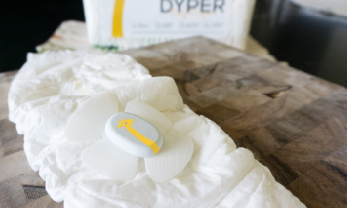 FREE diaper bag with a new subscription | DYPER
FREE diaper bag with a new subscription | DYPER
Dyper has mastered diapers and so can you!
Dypers are free of chlorine, latex, alcohol, lotions, TBT or Phthalates. They're unprinted, unscented, soft, and durable. Made with viscose from responsibly sourced Bamboo fibers, these diapers will keep your baby's skin smooth and un-irritated.
Best of all, Dyper cuts out the middle man and delivers the exact quantity of diapers you need every month for less than retail price.
As an added bonus, removal is included, too!
Today, many of my clients – even several with twins – use cloth diapers, and local options are plentiful.
In fact, there’s a service in my area that provides cloth diaper delivery to new parents. The owner says they provide cloth diapers to customers each week – they pick up the dirties and deliver a fresh, clean stack right to their doors, just like in bygone days. Check your area to see if a delivery service is available.
Many birth centers and baby boutiques sell cloth diapers and all the accoutrements. Some even offer virtual cloth diapering classes. A class is an excellent way to go since many people have an image of complicated folding techniques or having to juggle safety pins, but cloth diapers have come a long way. Customers who take the class leave well-versed on the subject and may see that cloth diapering is a lot easier than originally thought.
Baby boutiques that stock diapers will likely carry covers, bio-liners, as well as washing supplies specific to cloth diapers. They may sell cloth diaper starter kits that allows parents to try different options and find what works best for them.
But why use cloth when disposables are so easy?
Cloth diapering is just as easy as disposable, especially when you use a diaper delivery service. And using cloth – or bamboo – does make an environmental impact. We don’t know for sure how long it takes for a disposable diaper to break down in a landfill. Some experts have said it takes upwards of 100 years. It’s a huge source of waste. Most cloth diapers are made from natural fibers and are free from plastics, dyes and perfumes used in disposable diapers. It’s a healthier choice for baby’s sensitive skin since they are also more breathable than disposable. I can vouch for the fact that the tushies of my cloth diapering clients are as smooth and soft as a, well, baby’s bottom. Compare that to some of the horrible rashes I’ve witnessed on babies diapered with disposables. If skin sensitivities are an issue, chemical-free cloth may be the answer.
And for those who care about reducing their carbon footprint or are more economically minded, cloth diapers provide a cost-effective alternative to disposables. Between one and five months of age, babies typically go through 8 to 10 diapers per day. Imagine all that in our landfills, multiple times over. It’s frightening.
Many say babies who wear cloth diapers potty train around 6 months to a year earlier than those in disposables.
This is likely because children in cloth diapers can recognize when they are wet more readily than those in disposables. And, when babies are out of diapers at an earlier age, this adds to the savings cloth may have over disposables. Of course, it will depend on the baby.
In addition to local retail options for cloth diapers, parents have online community forums that provide a wealth of opportunities for learning from others who’ve paved the way as well as opportunities to purchase supplies secondhand or maybe even get some for free. Search under natural parenting forums to find information. I even have one client, a mom of twins, who wrote her own how-to blog – everything you need to know about cloth diapering twins. She doesn’t mind if I share it so ask if you want me to send it to you.
In the end, cloth diapering may be an option for your family that saves money, reduces rashes and helps our environment. I see plenty of reasons to give it a try.


